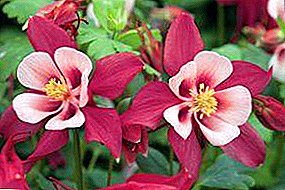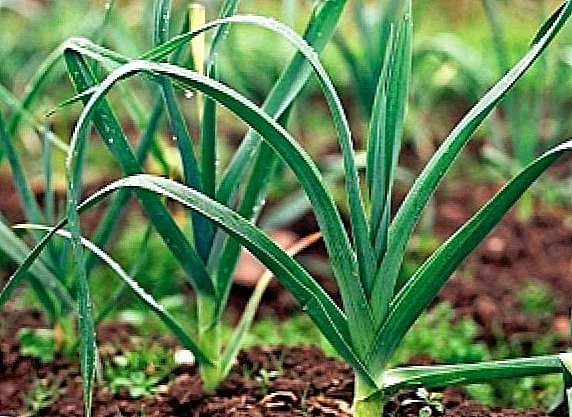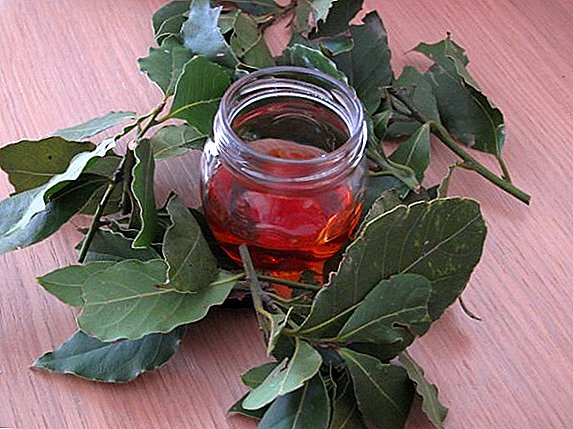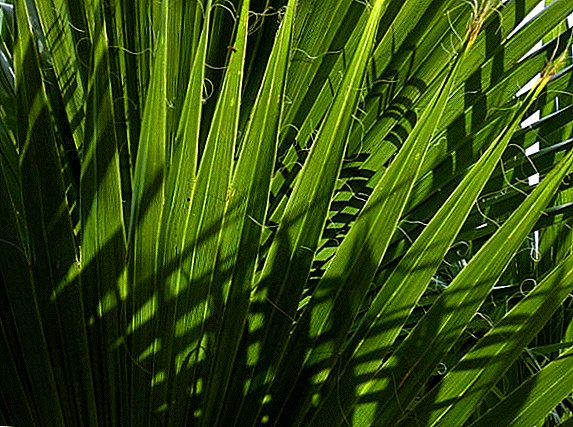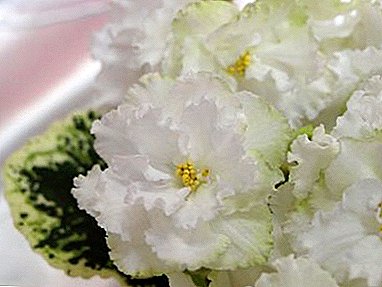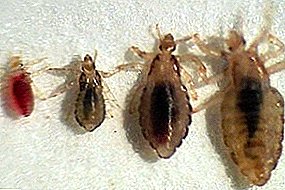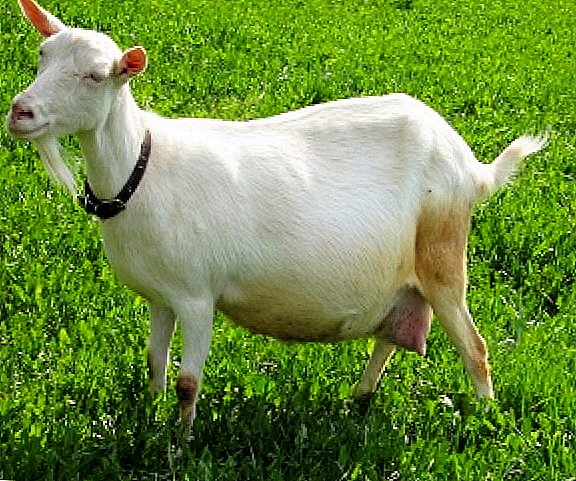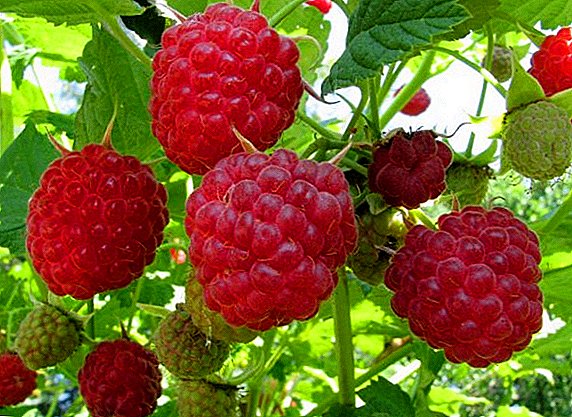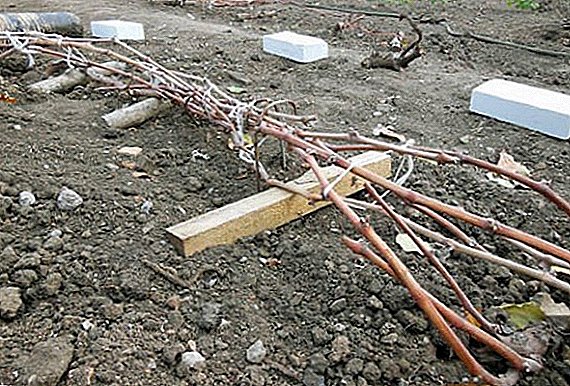 Preparation of grapes for the winter period is included in the set of mandatory and very important activities for the care of the plant. Tips on how to do it in the Moscow region, we have selected in this article.
Preparation of grapes for the winter period is included in the set of mandatory and very important activities for the care of the plant. Tips on how to do it in the Moscow region, we have selected in this article.
When to start and what does winter training include?
How well the grapes will endure the winter cold will depend on how well they have been looked after during the growing season and whether they have been properly prepared and covered for the cold season.
It is useful to know which varieties are best grown in the suburbs.
Preparatory activities for the winter can be divided into two stages:
- Preparation.
- Shelter.
Preparation begins in the autumn when the fruiting stage comes to an end. It is important to know that the vine successfully suffers the winter, which is covered with sufficient wood, that is, it is matured. Therefore, in early autumn, the efforts of the grower should be focused mainly on ensuring that as many vines as possible are woody. Lignified shoots are brown in color, they are warm even under the action of frost, bend well and do not break.
If during the autumn pruning activities undisturbed green vines are revealed, they will have to be removed. After all, not only can they not successfully spend the winter, they can also become a source of infection of healthy lice with fungal diseases. 
Important! A high percentage of survival after winter in the vine, which has a thickness of 0.6-1.3 cm, and its core takes no more than a third of the diameter. It is in these branches contains the greatest amount of vitamins and minerals that will not allow the shoots to die in frost.
How to prepare a plant for shelter
In order for the vine to mature before frost, it is necessary to adhere to some rules:
- Correctly select varieties that are suitable for planting in your area. In the Moscow region, Lora, Shun, Nadezhda Aksayskaya, Victoria, Nakhodka Azos, Viktor, Super Extra, Phenomenon, Pervozvany, Muscat Summer, Gala, Cherry, Cardinal Suite.
- Throughout the season, it is necessary to closely monitor the condition of the vine, to respond in time to problems that arise, to cure diseases, to carry out preventive treatments with fungicides, to remove damaged shoots.
- In time to harvest and not allow a strong load on the vine. The more clusters on it will be, the later it becomes woody.
- Stop watering with the onset of autumn. Drought imitation will cause the grape root system to accumulate phytohormone - an inhibitor. It is he who will delay the growth of culture and provoke the onset of the resting stage. He will be involved in the process of aging vines.
- To produce water recharge watering plants in the late fall.
- Conduct timely fertilization.
- To carry out autumn pruning.
Did you know? All grape organs contain medicinal substances. As one of the components of drugs, grapes were first mentioned in the work of the Greek physician Dioscorides "Materia Medica" (77-78 AD).
Abundant watering
During the period when low positive temperatures have been established and after autumn pruning, it is necessary to produce a moisture-filled watering of the grapes. It is made because well-saturated wet soil near the roots freezes through less.  This procedure begins with the fact that shallow pits are dug around the bush of the bush and gradually fill them with water. On one bush should go from 1 to 3 buckets of water.
This procedure begins with the fact that shallow pits are dug around the bush of the bush and gradually fill them with water. On one bush should go from 1 to 3 buckets of water.
After all the water has been consumed, the grapes bushes earth with earth and produce their shelter. If October turned out to be very rainy, then moisture-charging watering is not performed.
Fertilizer
It is very important to fertilize the plant well before wintering, and also to make preventive spraying against diseases.
For feeding at this time, superphosphate (25 g / 10 l of water) and potash salt (25 g / 10 l of water) will be needed. Root top dressings are made in October, making holes 20 cm deep near the bush.
Foliar is best done before the leaves fall. They use superphosphate, ash, potassium salt, manganese, iron, boric acid.
 To exclude the overwintering of fungi that cause mildew, anthracnose, and black spot, in the fall, it will be necessary to spray the bushes with contact copper-containing agents. It is also desirable to make treatment from gray rot "Topsin-M" and from insect parasites - "Decis", "Bi-58" and other drugs.
To exclude the overwintering of fungi that cause mildew, anthracnose, and black spot, in the fall, it will be necessary to spray the bushes with contact copper-containing agents. It is also desirable to make treatment from gray rot "Topsin-M" and from insect parasites - "Decis", "Bi-58" and other drugs.Spraying is done after the entire crop has been removed.
Important! Care must be taken to ensure that autumn fertilizers do not contain nitrogen, which will trigger plant growth.
VIDEO: HOW TO CORRECT AND FERTY GRAPES
Pruning
One of the most crucial stages of preparing grapes for winter is pruning. Experienced owners of vineyards are advised to produce it when the first frosts come, but not below -3 degrees. The fact is that after harvesting the plant still needs to be given some time to accumulate nutrients. And early pruning will significantly reduce the frost resistance of the plant.
Check out the grape pruning features in spring and autumn.
When pruning, you should perform two tasks - remove young, unripe whips and cut the vines that have already been removed. On each sleeve it is worth leaving a knot of substitution and a fruit arrow. The knot of substitution must be formed from the lower shoot that grew from the outer part of the sleeve. Trimming it carried out in such a way that there are 3-4 eyes.
The fruit arrow is formed from a branch located slightly higher on the opposite side of the replacement knot. It should be placed 5-12 eyes.  Thus, after pruning, the strongest trunks remain, growing perpendicular to the ground, and the sleeves with buds, which next year will give young branches and hands with fruits.
Thus, after pruning, the strongest trunks remain, growing perpendicular to the ground, and the sleeves with buds, which next year will give young branches and hands with fruits.
Important! When pruning, you should strive to ensure that the wounds and sections are placed on the inside of the shoots. So will their early healing.
Almost immediately after pruning, they perform katarovka - pruning of dew roots, those that are close to the surface of the earth. They definitely will not survive the harsh winter, but can provoke disease in deeper roots.
How to cover the grapes for the winter in the Moscow region
It is worth starting the shelter of grapes after all the above described activities have been completed and the first frosts have arrived. It is desirable that there was a stable subzero temperature up to -2 degrees. This situation is usually observed at the end of October - in the first decade of November.
Familiarize yourself with 10 uncovered grape varieties for the Moscow region.
There are two ways to shelter grapes:
- Natural methods.
- Cover materials.
Ground
Grapevine can prikopat earth. This is the simplest, but not the most effective way. In the case of ingestion of shelter precipitation and a strong freezing of the earth, the plant may die. This type of shelter is suitable for old, already well-hardened plants. And for the young it is better to choose other ways.
Vines should be removed from supports, tied and pinned to the ground, treated with iron sulphate (400 g per 10 l of water), and then sprinkled with a 15-centimeter layer of slightly moist soil. Neither dry nor too wet soil for these purposes will not work. Land for sprinkling should be taken from the rows. For singly growing bushes - at a distance of 1 m from the trunk.
We recommend that you familiarize yourself with the rules of grape processing before the shelter and the secrets of grape shelter for the winter.
 For the Moscow region it is also desirable, in addition to garden soil (a layer of 5-15 cm), to use for shelter, for example, fallen leaves, straw (a layer of 5-15 cm), and then another layer of loose soil (25 cm high). Or lay the sheets of slate over the ground, cover with foil, etc. This is necessary so that moisture will not penetrate the shelter, which can lead to decay of the eyes.
For the Moscow region it is also desirable, in addition to garden soil (a layer of 5-15 cm), to use for shelter, for example, fallen leaves, straw (a layer of 5-15 cm), and then another layer of loose soil (25 cm high). Or lay the sheets of slate over the ground, cover with foil, etc. This is necessary so that moisture will not penetrate the shelter, which can lead to decay of the eyes.
Earthen shelter in snowy winters is good to cover with snow - it will also allow the vines to stay warm.  To save time and effort on the shelter, use the method of planting grapes in excavated trenches or boxes with a depth of 20-30 cm and a width of 30-50 cm. Trenches are reinforced with bricks, slate or boards. For winter, the vines are laid in these trenches and covered with roofing sheets, roofing felt, film, and boards.
To save time and effort on the shelter, use the method of planting grapes in excavated trenches or boxes with a depth of 20-30 cm and a width of 30-50 cm. Trenches are reinforced with bricks, slate or boards. For winter, the vines are laid in these trenches and covered with roofing sheets, roofing felt, film, and boards.
Important! After laying the vine removed from the supports, care must be taken to ensure that it does not touch the ground. Under it enclose organic materials or wooden plates.
Improvised and purchased materials
With this method, the shelter is divided into the external, which is produced just by covering materials and improvised means, and internal - weatherization of the vine inside the shelter.
Inside under the vine and put on it a spice tree, straw, sawdust.
From above use various materials which are near at hand or which can be got in hardware store.
Wooden shields, wooden boxes. The vine is placed on stands, and wooden shields are placed on both sides of the bushes in the form of a tent. Additionally, boards from the inside are upholstered with ruberoid.
Slate. Use only in combination with an earth mound. It is placed on top of a layer of soil. For the same purposes they use burlap, boards, and other building materials.  Agrofibre, film. The shoots are covered with spruce branches, straw and other organic matter, and the agrofibre, film or lutrasil are stretched on top in 2-3 layers. The edges of the materials are sprinkled with earth or pressed against heavy objects.
Agrofibre, film. The shoots are covered with spruce branches, straw and other organic matter, and the agrofibre, film or lutrasil are stretched on top in 2-3 layers. The edges of the materials are sprinkled with earth or pressed against heavy objects.  Ruberoid Metal arcs should be installed above the bushes and the roofing material should be pulled on them. In the same way, you can cover with polyethylene.
Ruberoid Metal arcs should be installed above the bushes and the roofing material should be pulled on them. In the same way, you can cover with polyethylene.  Styrofoam. The scourge is warmed with pine needles, then covered with foam and covered with foil.
Styrofoam. The scourge is warmed with pine needles, then covered with foam and covered with foil.
When to hide after winter
In Moscow, the grapes begin to open in the last decade of April. If it is still expected to freeze, then you can open it only in the daytime for airing and exposure to sunlight, but you should not return the vines to supports. Keep warm shoots under cover is not necessary, it is fraught with negative consequences for them.
If the frosts came unexpectedly, then at night the already opened vines can be covered with agrotex, spunbond. When covering with a film, you will need to take it off in the daytime. Sleeping buds can withstand temperatures up to minus 3–4 degrees, which have entered a growth phase to minus 1 degrees.
Full disclosure of grapes produced in the period when there are no morning frosts, positive temperatures have established and the earth has dried. Shelter is removed, and shoots cling to the supports.
Immediately after disclosure, prophylactic spraying of grapes from diseases and harmful insects with fungicides and insecticides is carried out: "Nitrofen", "Karbofos", "Oxyhom", solution of copper and iron sulphate. 
Did you know? The cultivation of grapes began about 6-8 thousand years ago in the Middle East. The most ancient archaeological evidence confirming that viticulture and winemaking were very important in human culture were found on the territory of modern Georgia. According to scientists, they are about 8 thousand years old.Preparing grapes for winter is a very important stage in the care of a plant, on the correct implementation of which depends on its health and yield. There are many ways to shelter vines. Each owner of the vineyard can choose for themselves the most acceptable.


